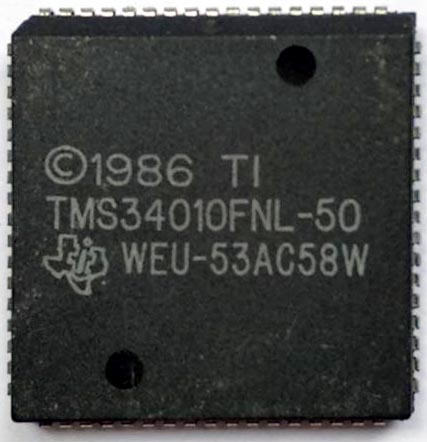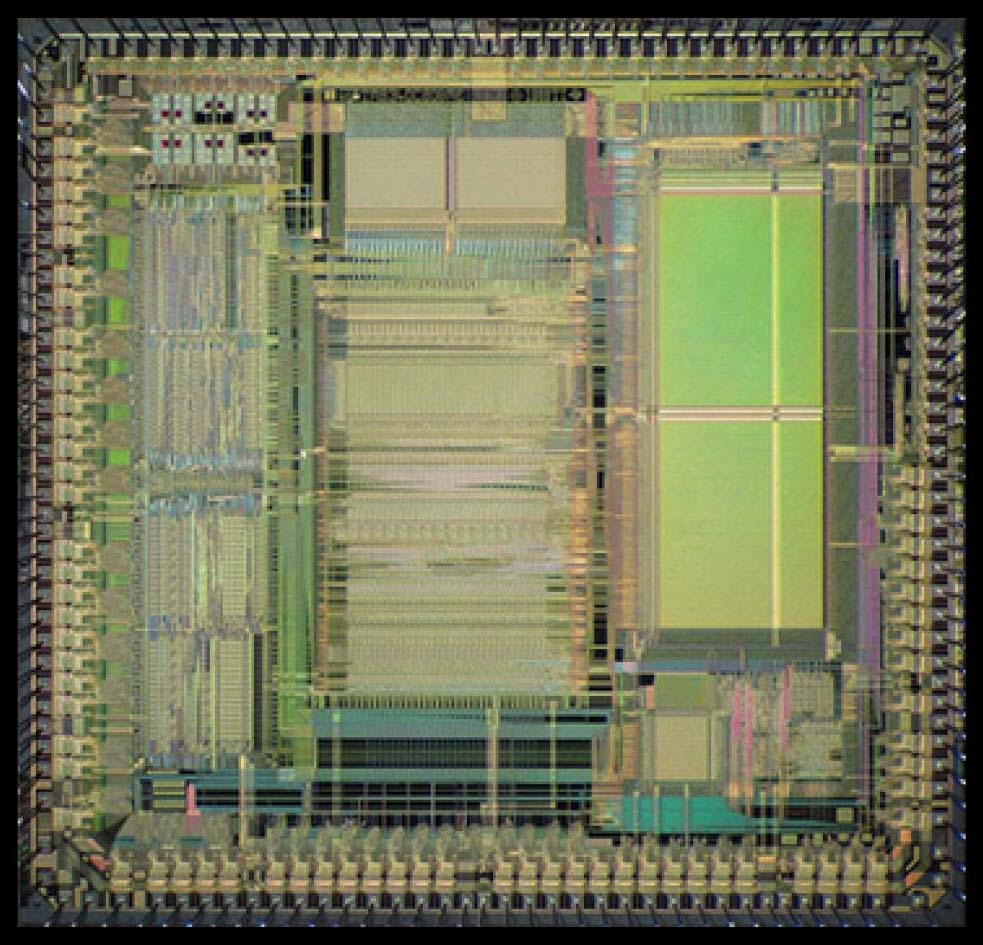There's a long history of graphics processors and controllers that have changed the course of the computer graphics market. Major players in the emerging graphics chip market, including IBM, Intel and Texas Instruments, helped pave the way for low-cost, high-performance graphics processing in personal computers. And many of these early innovators made windfall profits in the process.
Today, Nvidia is the market leader in discrete graphics processors (GPUs) devices and targets the high-end gaming computer space. Advanced Micro Devices is second in terms of total market share. Intel, which holds more than 80% of the personal computer space, has long dominated integrated GPUs and plans to ship its first discrete GPU in 2020. GPU IP vendors include ARM and Imagination Technologies.
Another potential windfall awaits as artificial intelligence takes over more of the software industry. Today the most advanced graphics chips contain thousands of cores, each capable of handling lots of calculations related to rendering shadows, reflections, lighting and other functions at the same time – a process called parallel computing. That also makes graphics chips ideal for running artificial intelligence in servers.
Graphics processors have had a long history. In the following gallery, computer graphics expert Jon Peddie returns to the 1980's to discuss some of the most important early graphics chips.
 |
||
| Jon Peddie | ||
Jon Peddie is the president of Jon Peddie Research, a market researcher and consulting firm focused on graphics hardware development, multimedia for professional applications, consumer electronics, and high-end computing. He is considered a pioneer in the graphics industry and talks at many conferences and universities on topics pertaining to graphics technology and emerging trends in digital media. Former President of Siggraph Pioneers, he serves on advisory board of several conferences, organizations, and companies, and contributes articles to numerous publications.
NEC µPD7220
 |
||
| NEC µPD7220 | ||
NEC startled the world in 1982 with a VLSI implementation of not just a CRT controller, but a full-fledged graphics controller with a built in drawing library, a game-changing product that set the path for decades of chips to follow.
The chip incorporated all the CRT control functions (known as the CRTC) as well as graphics primitives for arcs, lines, circles and special characters. Processor software overhead was minimized by the GDC’s sophisticated instruction set, graphics figure drawing, and DMA transfer capabilities. It supported a light pen and could drive up to four megabits of bit-mapped graphics memory, which was quite a lot for the time.
IBM's EGA to VGA
 |
||
| IBM CGA | ||
IBM had been setting the standards for PC graphics since 1981, and the EGA, introduced in 1987 was copied by the clone suppliers who offered a better price and started the benchmark wars in PC graphics that have been with us ever since.
The big breakthrough for the EGA, and why it attracted so many copiers was its graphics modes were bit-mapped planar, as opposed to the previous generation interlaced CGA and Hercules AIBs. The video memory was divided into four pages (except 640×350×2, which had two pages), one for each component of the RGBI color space.
Intel’s 82786
 |
||
| Intel 82786 | ||
Intel not particularly know as a graphics chip supplier, even though it ships more GPUs than all its competitors combined, was also an early participant in the nascent field and introduced a very popular graphics co-processor in 1986.
The company announced that the 82786 integrated a graphics processor was available in a single 88-pin grid array or leaded carrier, and that it contained a display processor with a CRT controller, and a bus interface unit with a DRAM/VRAM controller supporting 4 MB of memory, which can consist of both graphics and system memory. Intel was in the game.
Texas Instruments TMS34010
|
||||
| Texas Instruments TMS34010 | ||||
Developed in 1986, The TI TMS34010 was the first programmable graphics chip and the first to use the newly developed (by TI) VRAM. The 34010 went on to become the most popular high-end graphics chip for many years.
The design took place at Texas Instruments facilities in Bedford, UK and Houston, Texas. First silicon was working in Houston in December 1985, and first shipment (a development board) was sent to IBM’s workstation facility in Kingston, New York, in January 1986. Karl Guttag also personally showed a working 34010 to Steve Jobs at NeXT in January 1986.
IBM PGC and 8514/A
 |
||
| IBM 8514/A | ||
When word leaked out IBM was working on a new high-resolution graphics chip in 1986 the clone makers were quick to copy it hoping it would be their path to big volume as the VGA had been.
Before the 8514/A, in 1984 IBM introduced a multi-board AIBs called the Professional Graphics Controller (PGC) often called Professional Graphics Adapter and sometimes Professional Graphics Array.
The PGC consisted of three interconnected PCBs and contained a graphics processor and memory. Targeted for programs such as CAD and page-layout, the PGC was, at the time of its release the most advanced graphics board for the IBM XT.
IBM’s VGA
 |
||
| IBM VGA | ||
The VGA was the epitome of IBM’s reign in PC graphics establishing a connector, and the basic engine of graphics chips that can still be found in today’s devices – who hasn’t heard of VGA?
It is said about airplanes that the DC3 and 737 are the most popular planes ever built, and the 737, in particular, the best-selling airplane ever. The same could be said for the ubiquitous VGA, and its big brother the XGA. The VGA, which can still be found buried in today’s modern GPUs and CPUs, set the foundation for a video standard, and an application programming standard.

